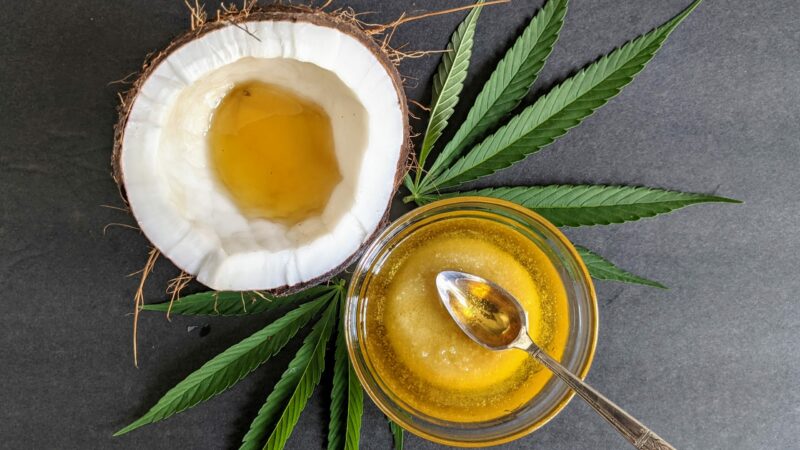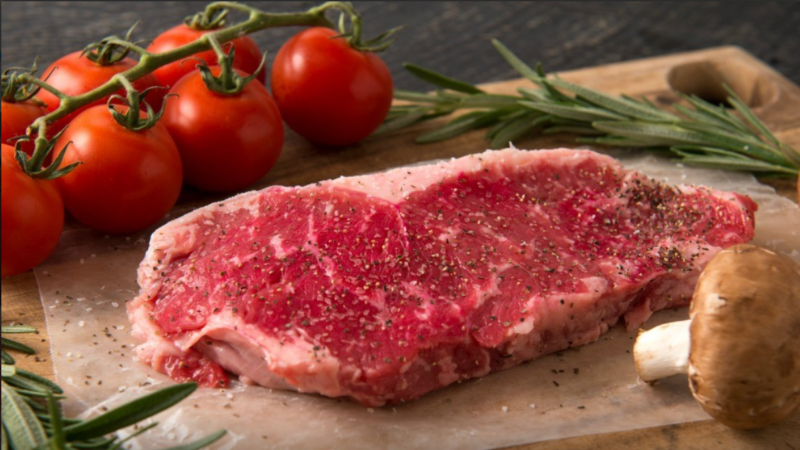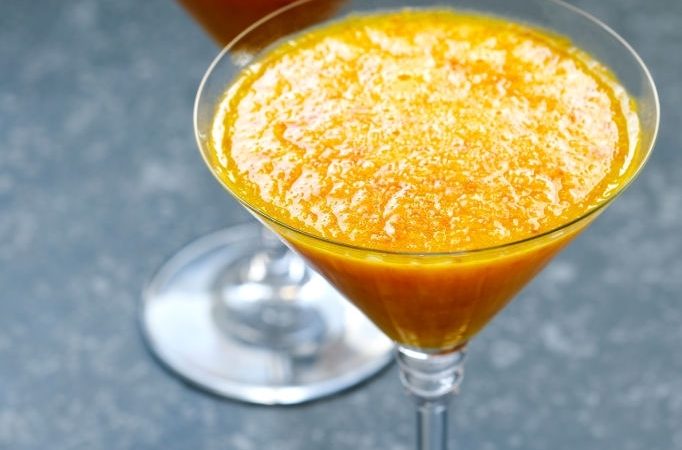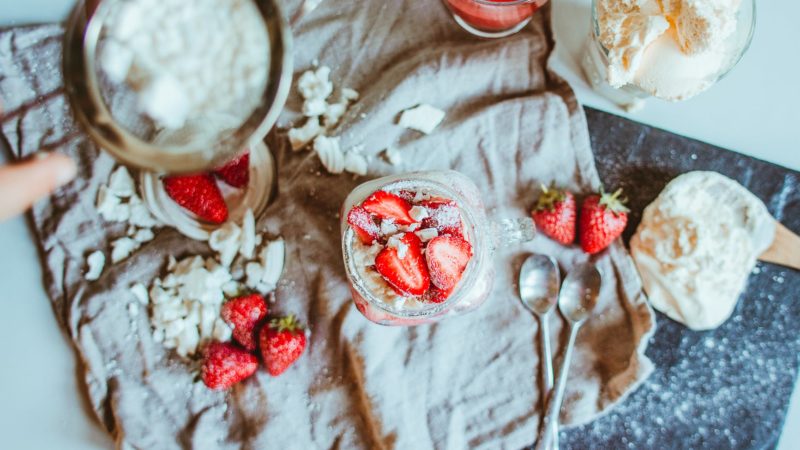What is Wasabi? Differentiate Between Real and Fake Wasabi Recipe?
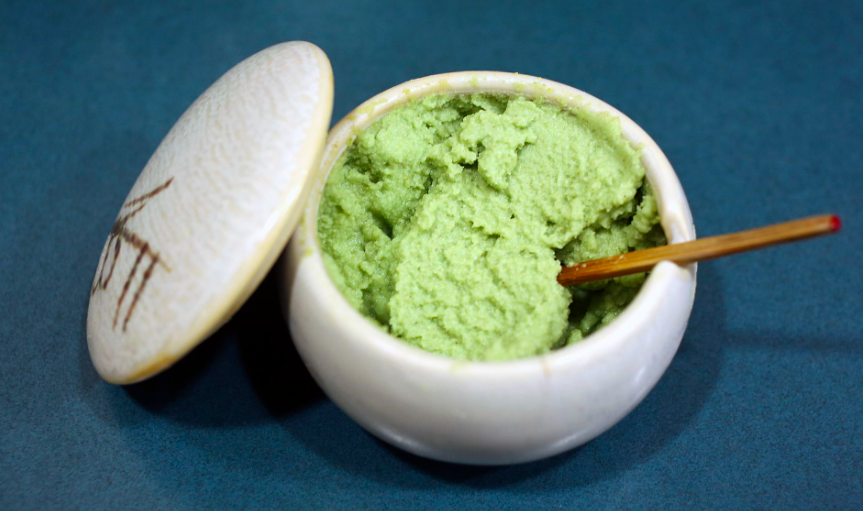
If you love sushi, then you might have tried Wasabi at some point, the green paste served on the plate beside soy sauce. If you wonder what Wasabi is and what it is made of, this post will give all the information you are looking for. We have also listed some wasabi recipes and the food you can pair them with below. So keep scrolling down to read more.
Click to see full answer
What Is Wasabi?
Wasabi is a common Japanese cuisine condiment and is used when serving sushi. It is also known as Japanese horseradish. Wasabi is a green root vegetable and belongs to the same family as cabbage, broccoli, cauliflower, and mustard. This adds a pungent flavor and punches to your mouth, along with a short-lived burn at the back of your nose.
Wasabi is hard to grow, and it requires a steady water supply, shade, particular temperature, and soil for regular root growth. This is the reason Wasabi is expensive. On average, one pound wasabi can cost somewhere around $100-$125, making sushi joints cost-prohibitive.
Is Wasabi a Spice or Vegetable?
Real Wasabi is made by peeling the roots of wasabi plants and then grating using a ceramic grater, turning it into a paste.
Wasabi is technically a vegetable. However, when you take its root, dry it out and drink to make powder, it is used as a spice.
If you find wasabi powder spice, which is cheap, then there is a high chance it is not from real Wasabi. Real fresh wasabi roots have a mild fragrance and are more expensive.
Wasabi is also available in a tube which is made using real wasabi roots that are dried and grounded. This is not technically cheap as one tube costs $10.
What Does Wasabi Taste Like?
Most of us never tasted a real wasabi root, and most probably, we never will. The wasabi paste that comes along with sushi is not the real Wasabi.
Wasabi has a deep and pungent flavor, which feels fresh and aromatic with a little bit of sweetness. The flavor of Wasabi is short-lived and leaves behind a vivid feeling in your nose.
Wasabi is great for cleansing the nasal passage, and the paste complements the flavors of strong and oily fish and adds a kick and spice to each bite.
Wasabi has always been incorporated in raw fish meals because of its antibacterial properties. It safeguards the eaters from any bacterial risk of eating raw fish.
Where to Buy Wasabi?
Real Wasabi is not easy to find because of its limited availability and price and also because there are only limited products year-round. You can find many farmers across the world on an online portal, but you can find specialized local rowers in the USA and UK. Powder wasabi is easily available in supermarkets, online retailers, and Asian Markets.
How to Storage Wasabi?
If you’re lucky to have found a piece of real wasabi root, then keep it in a glass of water and store it in the fridge. Make sure to change the water every day so that it keeps fresh for 10 to 14 days. You can keep the wasabi powders in the pantry for upto 1 to 4 years as per the manufacturer’s expiration date.
How can you differentiate between real and fake Wasabi?
The first to spot fake Wasabi is by looking at the texture. Thick and pasty consistency is always the fake Wasabi. Real Wasabi has a gritty and grated texture.
Real Wasabi is served fresh to capture most of the flavor. The traditional wasabi grating method is running the wasabi root in circles over sharkskin, which works like sandpaper. It breaks down the Wasabi completely from its roots.
Wasabi Recipe To Try At Home
Even if you can’t find real Wasabi, wasabi powder is easily available at supermarkets. It is a great spice to have around and experiment with different Japanese cuisines, not limited to wasabi sushi.
It can be used to add in hummus, mayo, mashed potato, guacamole, salad dressing, and deviled eggs.
Below we have mentioned some amazing recipes using Wasabi. All these recipes are easy to make and taste delicious.
Avocado Wasabi Sauce
Ingredients
- One ripe avocado
- One tablespoon lime juice
- ½ teaspoon wasabi paste
- 1/4 teaspoon salt
Directions
- Halve, peel and pit the avocado. Mash it properly using a fork and mix it with lime juice, salt, and wasabi paste until a smooth mixture is formed.
- Keep it in the refrigerator to chill.
Lime-Wasabi Sauce
Ingredients
- 2 tbsp. fresh lime juice
- 3 tbsp. wasabi sauce
- 1 tbsp. minced fresh ginger
- 1 tbsp. rice vinegar
- ¼ teaspoon kosher salt
- ⅛ teaspoon black pepper
- ½ cup olive oil
Directions
- In a small bowl, stir wasabi sauce, lemon juice, vinegar salt, ginger, pepper, and salt.
- Now which is in olive oil.
- Mix everything together to form an even paste.
WASABI NOODLES RECIPE
This wasabi ramen recipe is made using soba noodles, toasted sesame seeds, crunchy cucumber, and together all these make a terrifically satisfying dish.
INGREDIENTS
- 3 tbsp. wasabi powder
- 2 tbsp. warm water
- 5 tbsp. honey
- 2 tbsp. sesame seed oil
- 3 tbsp. soy sauce
- 2 tbsp. fresh lime or lemon juice
NOODLE ASSEMBLY INGREDIENTS:
- 8 ounce, weight dry soba noodles
- 1 tbsp. sesame seeds, toasted
- 1/3 cup cucumber / chopped/ seeded and diced
- fresh cilantro, chopped (optional)
INSTRUCTIONS
- To combine everything well for marinade or dressing, whisk warm water, wasabi powder, sesame oil, honey, soy sauce, and lime juice.
- To cook noodles, follow the instructions mentioned on the package. Drain noodles. Toss with dressing gently while they are still warm. Now cover the noodles and keep them in the refrigerator.
- Once the noodles cool down, add toasted sesame seeds and chopped cucumber, toss gently to mix well, and garnish with fresh cilantro.
Wasabi Martini
If you love Wasabi and martini, then you gotta try this vodka martini recipe. It’s quite simple and can be served with sushi and Japanese food. The key to making a good wasabi martini is maintaining a balance between the sour, sweet, and spicy elements.
Ingredients
- 2 ounces vodka
- One pea-sized dollop wasabi paste
- 1/2 ounce freshly squeezed lemon juice
- 1/2 ounce simple syrup
Directions:
- Gather all the ingredients in one place.
- Pour vodka in a cocktail shaker. Add a dollop of Wasabi into it and mix in vodka properly until completely dissolved.
- Add simple syrup and lemon juice and fill the shaker with ice till the top.
- Shake it well
- Double strain the vodka into a chilled cocktail glass
- It is ready to serve.
Is Wasabi good for you?
Wasabi is known for its many health benefits. We have discussed some of the most common benefits of including Wasabi in your diet in this post.
Antibacterial effects
Wasabi is popular for its antibacterial properties, which is why it is paired with raw fish meals like sushi. It contains Isothiocyanates, the main active compound of Wasabi and responsible for the antibacterial effects.
Wasabi can fight food-borne illness and any other bacteria which can harm your stomach health.
Anti-inflammatory properties
Wasabi is rich in potent anti-inflammatory properties. Inflammation is the immune system’s response to injuries, infection, and toxins like cigarette smoke or polluted air.
When this inflammation gets out of control and becomes chronic, it leads to several inflammatory conditions like cancer, heart diseases, and diabetes.
May promote fat loss.
According to researchers, edible wasabi leaves contain a compound that can help in suppressing fat cell formation as well as growth.
A mice study found that wasabi leaf extract stopped weight gain on a mouse with high calories and a high-fat diet by stopping the production and growth of fat cells.
It may have anti-cancer properties.
Wasabi contains natural ITCs, which are known to have anti-cancer properties. One study found that ITC extracted from the wasabi root can inhibit acrylamide formation by up 90% during the chemical reaction between sugar and protein known as Maillard.
Some studies have found that acrylamide intake is related to cancers like ovarian, kidney, and endometrial cancers. In some studies, it was found that Wasabi could kill the growth of cancer cells. Still, more studies are required to find promising results.
Bone health
Wasabi is known to play a huge role in bone health. A compound is known as p-hydroxycinnamic acid (HCA) decreases bone breakdown and increases bone formation.
Researchers are studying the result of HCA in treating osteoporosis, a disease that makes bone brittle and weak. More research is needed to confirm the potential benefits.
Brain health
ITCs in Wasabi is known to have neuroprotective effects. Mice studies demonstrated the increase in activation of antioxidant systems in the brain and reduced inflammation.
According to these findings, ITCs can slow down or prevent the neurodegenerative disorder caused due to inflammation like Parkinson’s disease.
Final Words:
Wasabi is a green vegetable that belongs to the same family as cabbage, cauliflower. Wasabi is used most popularly in Japanese dishes like sushi. Because of its antibacterial properties, Wasabi is used with meals that include raw fish. You can try any of the above-mentioned wasabi recipes to get a touch of Japanese cuisine at home. Including Wasabi in your everyday meals will reap plenty of health benefits.
If you have ever tasted Wasabi before, share your experience with us in the comments below.


